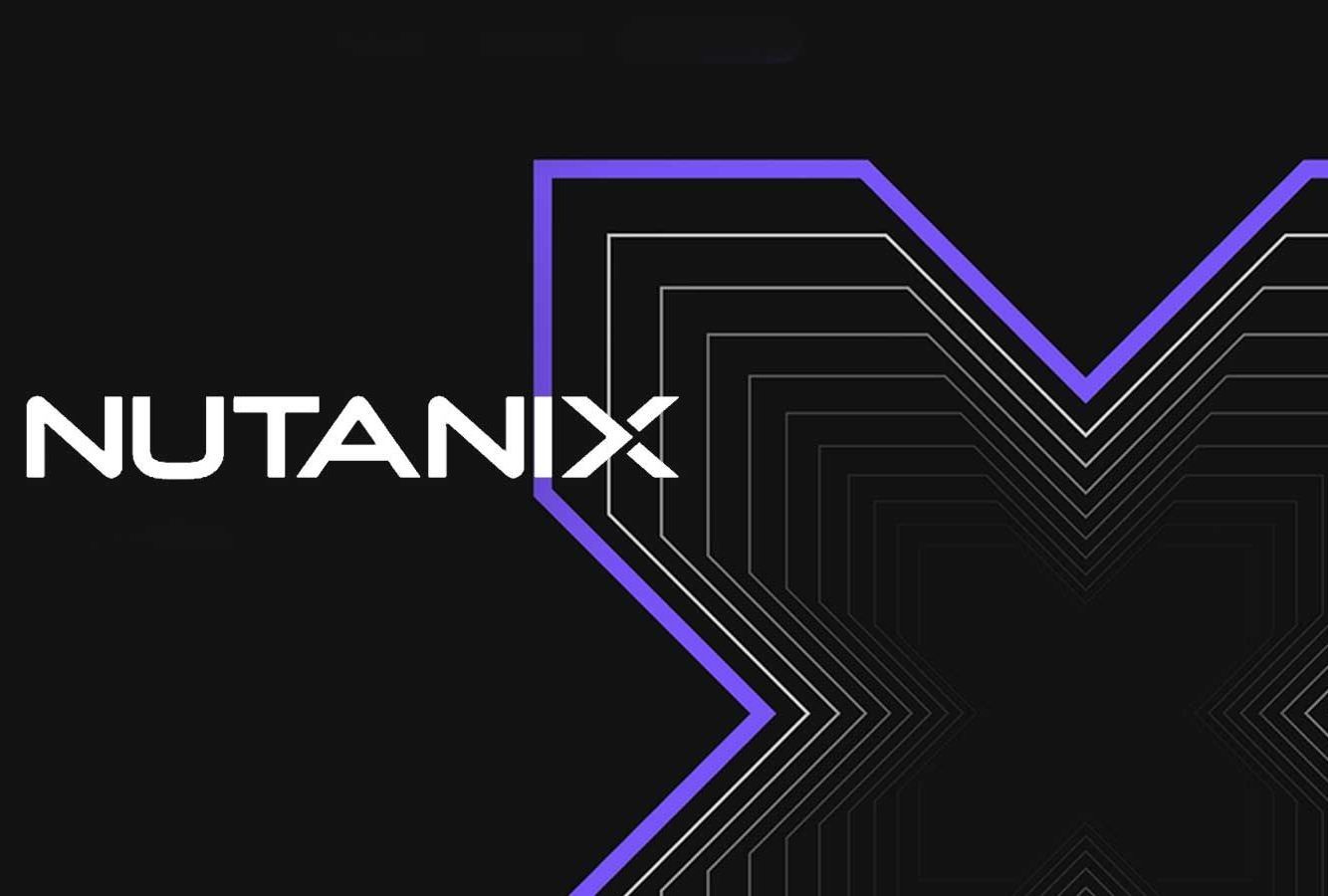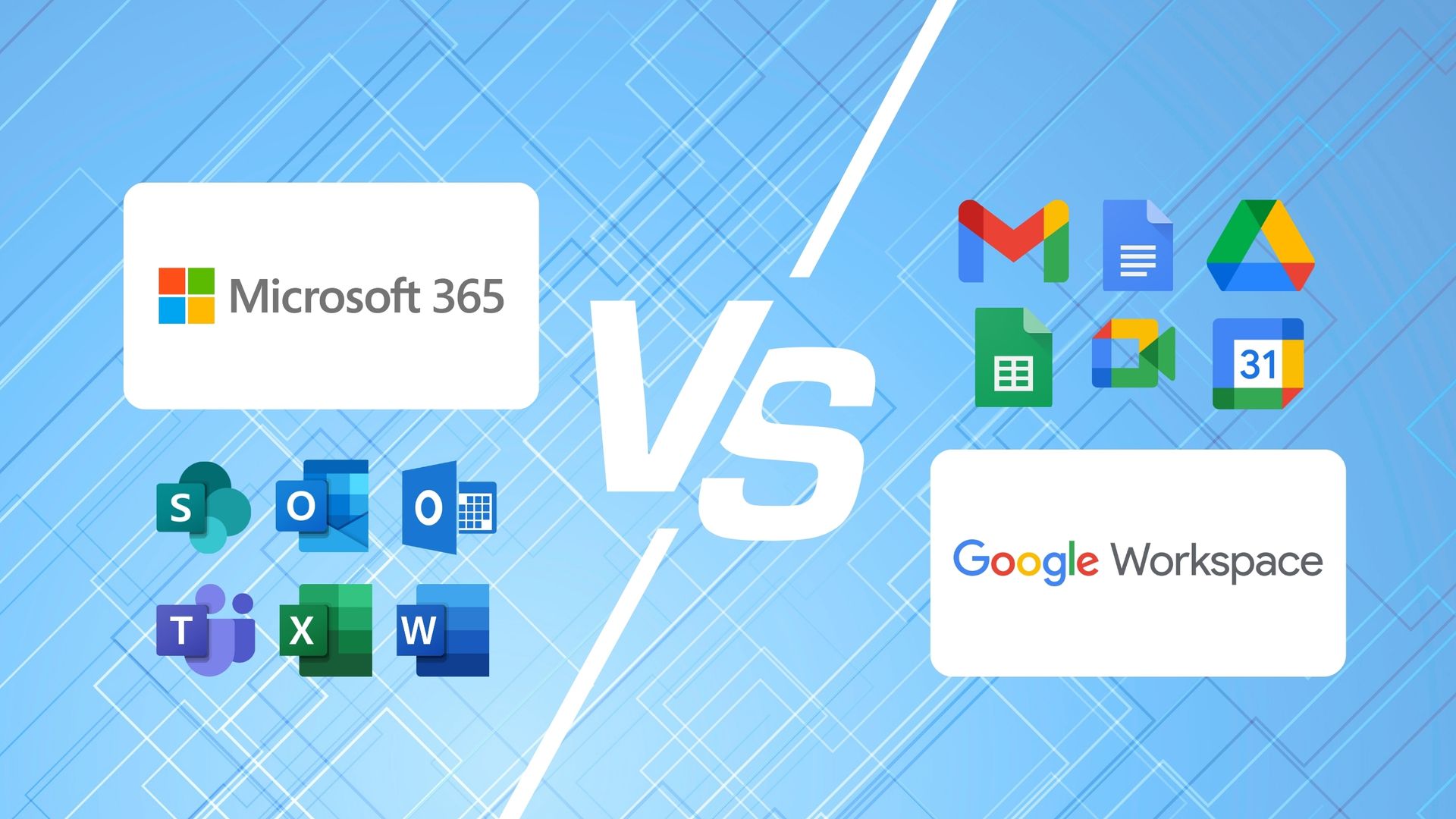3 Quiet Costs of Bad Office Tech Strategy
Is Your Office Tech Strategy Still Stuck in 2019?

Three systemic oversights that are quietly undermining mid-sized businesses in 2025 — and how to fix them.
“We know we need to update our systems… we just haven’t had the time.”
If you’re a leader in a mid-sized organization today, you’ve probably said some version of this sentence in the last year. And it’s understandable. Between the demands of daily operations, shifting workforce dynamics, and economic uncertainty, technology strategy often falls into the “we’ll get to it later” category.
But in 2025, that delay has real cost.
While most businesses have added digital tools and platforms over the past five years, very few have restructured the way they approach their tech ecosystems. As a result, we’re seeing a dangerous pattern: fragmented systems, underperforming infrastructure, and ballooning costs — all hidden behind a façade of “business as usual.”
At Central Business Systems, we’ve had a front-row seat to how this unfolds. And what we’ve learned is this: most mid-sized companies aren’t failing because of what they’re doing — they’re failing because of what they’re assuming.
Below are three of the most common — and costly — blind spots holding organizations back today, and why addressing them now is not just smart but strategic.
1. Delaying infrastructure upgrades until there’s a crisis
This is the most familiar mistake — and also the most dangerous. Outdated thinking says, “If it ain’t broke, don’t fix it.” But in 2025, office infrastructure rarely “breaks” in clean, obvious ways. It slows down. It loses compatibility. It opens up security vulnerabilities. It creates hidden bottlenecks that reduce team productivity and increase response time for customers.
Consider:
- How many minutes a day are your employees waiting for print jobs, logins, or file syncs?
- How often do you hear, “It’s just slow today”?
- How would a major hardware failure during your busiest season affect your team?
Delaying upgrades until a system fails is not frugal — it’s gambling.
And while reactive spending always feels more urgent, it’s also more expensive. Emergency hardware replacements, data recovery, and rushed IT work can cost three to five times what proactive upgrades and planning would.
What to do instead:
Establish a rolling infrastructure review cycle. This doesn’t require a massive investment or overhaul — it just requires visibility. Understand the lifecycle of your key systems (servers, firewalls, phones, backup solutions, print fleets), and plan replacements or upgrades in a controlled, budget-aligned manner. The result? Less downtime, more predictability, and a more resilient organization.
2. Lacking visibility into where your technology dollars are going
Technology is now woven into every aspect of your business: communications, document workflows, project management, cybersecurity, compliance, client interactions, and more.
But many companies don’t have a unified view of their technology ecosystem — let alone what they’re spending on it. Costs are scattered across departments. Vendors are siloed. Budgets are reactive. And the result is a quiet drain on both capital and capacity.
Here’s the bigger problem: when leaders don’t have visibility into their tech landscape, they can’t make informed decisions.
Questions like this go unanswered:
- “Are we overpaying for services we don’t use?”
- “Could we consolidate platforms and reduce complexity?”
- “What tools are helping productivity — and which are holding us back?”
And so the inefficiencies persist — and grow.
What to do instead:
Start with a technology environment audit. This isn’t just about cutting costs — it’s about aligning spend with outcomes. The goal is to understand:
- What you’re using
- How it's being used (or not)
- What it’s costing you
- And whether it's serving your actual needs
In many cases, the result isn’t to spend less — it’s to spend smarter.
3. Assuming your backups are working — without verifying them
Backup systems are the insurance policies of the digital world. And just like insurance, they’re easy to ignore… until the day you need them.
Unfortunately, we’ve seen too many businesses discover — in the worst possible moment — that their backups were incomplete, outdated, or corrupted.
What does this mean in real terms?
- A ransomware attack that encrypts your files, only to find your recovery point is months old
- A key cloud service outage that reveals your shared documents were never included in backup protocols
- A hardware crash where no one can actually find where the backups are stored, or how to restore them
Backups that aren’t tested aren’t backups. They’re wishful thinking.
And in today’s hybrid, distributed environments — with cloud platforms, remote workers, and multiple data sources — backup strategies need to evolve, not stay static.
What to do instead:
Build a verified, multi-layered backup and recovery strategy. This includes:
- Regular backup testing (automated and manual)
- Endpoint and cloud environment coverage
- Documented, rehearsed recovery procedures
- Audit trails and alerts for failed backup attempts
Resilience doesn’t happen by accident — it’s built with discipline.
The Common Thread: Assumptions
Each of these issues — delayed upgrades, spending blind spots, unverified backups — comes from the same place: assumption.
Assuming that your infrastructure is “fine.” Assuming that your vendors are optimizing your costs. Assuming that your data is protected.
But assumptions don’t scale. And they don’t protect you in crisis.
What does scale? Clear systems. Unified strategies. Trusted partnerships.
Where to Go From Here:
If this all sounds familiar — good. It means you’re not alone. But more importantly, it means you have an opportunity to lead from the front, not play catch-up.
At Central Business Systems, we help mid-sized businesses take control of their office technology with practical, forward-thinking solutions. From managed print and infrastructure strategy to cloud backup systems and endpoint security, we help you:
- Get visibility into your tech environment ✅
- Align your spend with your actual goals ✅
- Reduce risk and complexity ✅
- And create a tech foundation that actually supports your team ✅
We don’t overpromise, and we don’t use buzzwords. We just help smart businesses run smarter — with clarity, consistency, and confidence.
Let’s Talk. You don’t need a complete overhaul to start making improvements. But you do need a clear plan.
👉 Schedule a free, introductory consultation.
Because in 2025, the best time to get ahead… is now.












